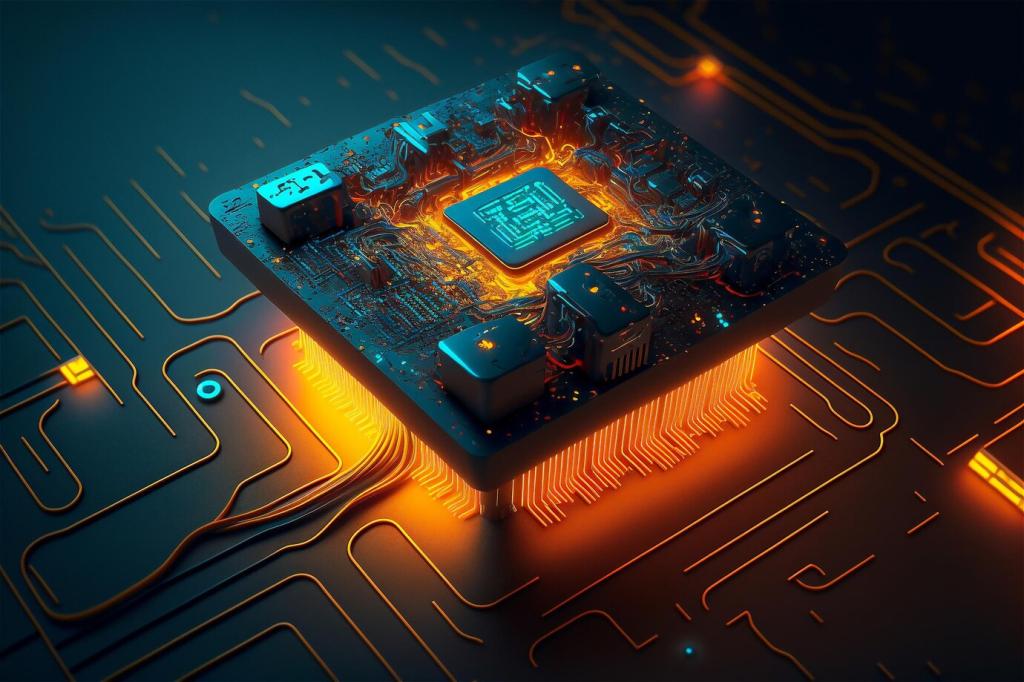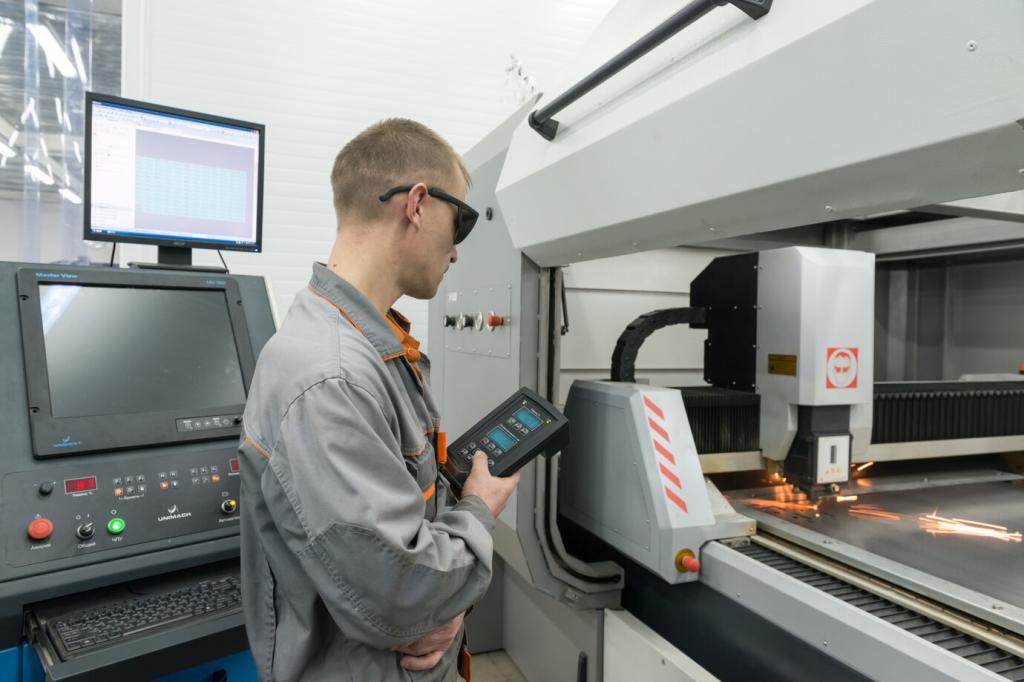What’s Next: Materials, Energy, and Interaction
Think window‑ledges with discreet solar strips topping up sensors, or drawer slides that capture small bursts of motion energy. These won’t power laptops, but they reduce standby draw for awareness features. Which low‑power tasks would you offload to energy harvesting so outlets stay free?
What’s Next: Materials, Energy, and Interaction
Conductive inks and woven traces can add warmth, pressure sensing, or gentle haptics to fabrics without bulky boxes. Imagine a reading chair that subtly warms as you settle in. Which fabric‑based controls feel natural to you—tap, swipe, or squeeze along a stitched seam?












